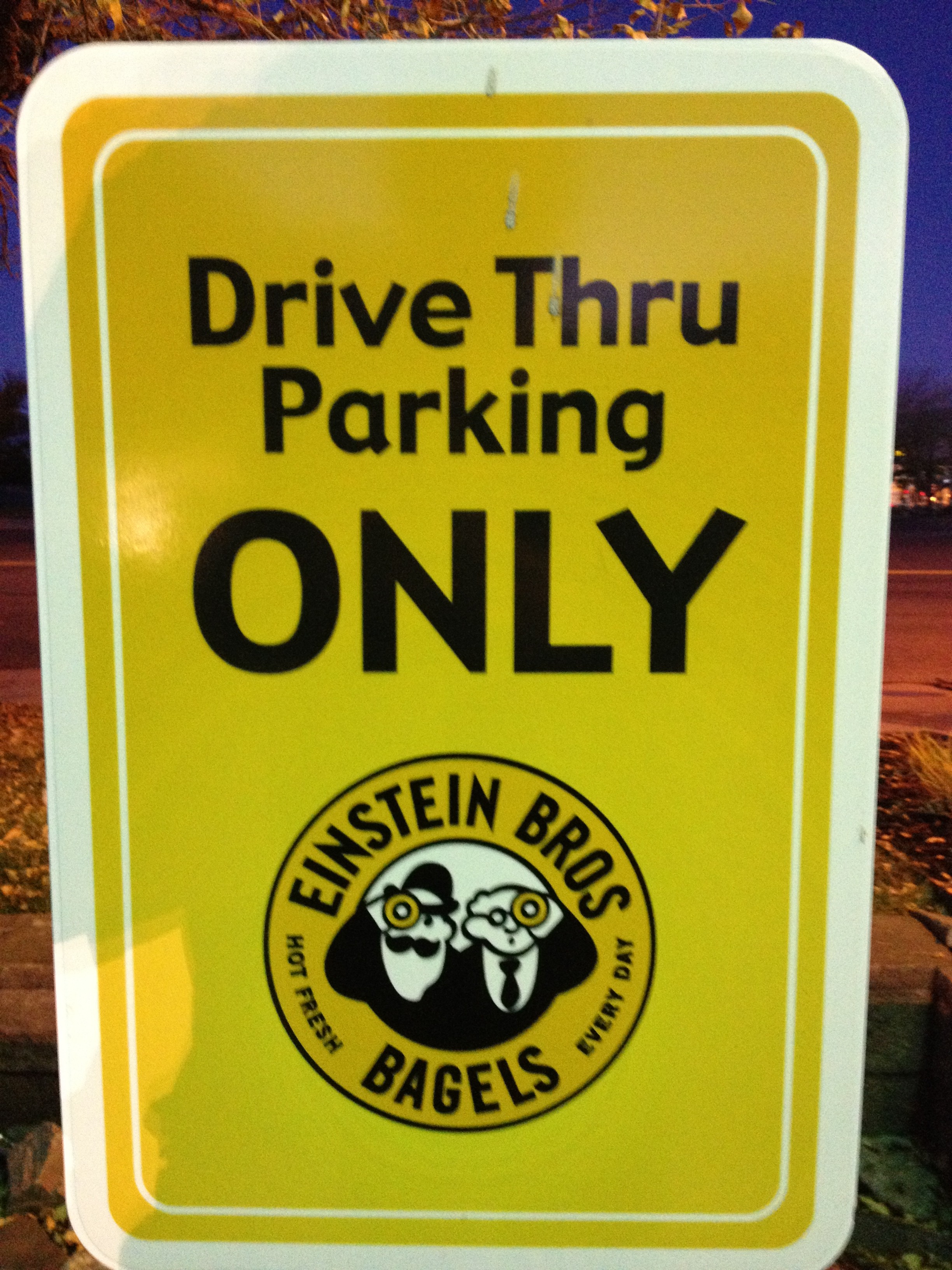I had the opportunity last week to attend the Business Marketers Association conference in Denver and had a great time. I facilitated some conversations around collaboration, and was so interested in the perspectives from the participants.
We quickly listed out a few things that collaboration requires: trust, courage, good communication, a valid unit of analysis, and a ‘reason for being’.
Trust, courage, and good communication all fall in the ‘willing to say the hard things, talk through the tough moments, and get to the breakthrough moment.’ We talked about strategies for that, and how important it is as a collaborator to stay oriented towards positive intentions and respect even when there is disagreement. As one person said, “without disagreement, there can be no agreement – but sometimes it seems like we aren’t allowed to disagree”. That’s death to collaboration in my opinion.
The unit of analysis point was simply the point that not everything requires a collaboration. If in basketball every player came together to collaborate on how to best dribble the ball, the game would never get played! But when everyone collaborates on how to win the game, it works really well. Collaboration has to happen at the right level, for the right problem.
The reason for being was similar in that people talked about how they were told at work to ‘collaborate better’ when there is no structural reason for them to collaborate at all. When functions are discrete and efficiency is the most valued behavior, there is no reason for collaboration, nor is there space for it in the day. Collaboration requires that people have the context, interest, and need to work together for a common goal.
I hope if you are a collaborator, or if you want to have more / better collaboration in your organization, you will take some of these points, apply them, and see what happens then!



